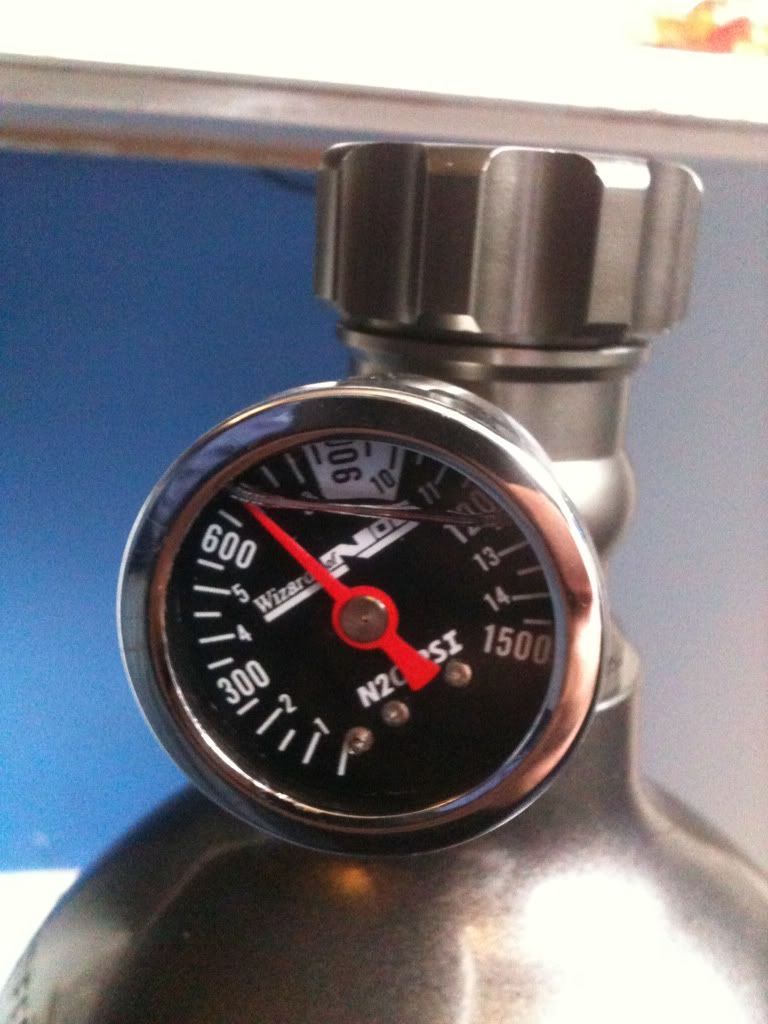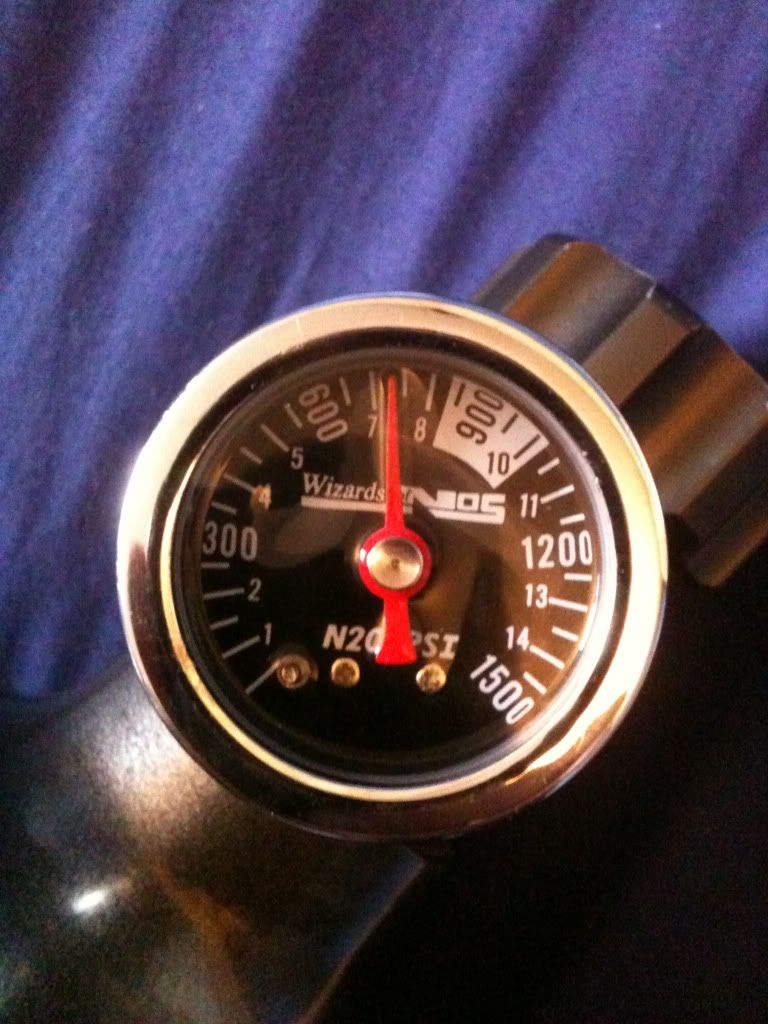You are using an out of date browser. It may not display this or other websites correctly.
You should upgrade or use an alternative browser.
You should upgrade or use an alternative browser.
Ross Autech
- Thread starter RAJackson
- Start date
shit....he's got enough nos in there to blow himself up
The bolts on the intake manifold are breaking up
Sent from my X10i using my penis
Now me and the mad scientist gotta rip apart the block and replace the piston rings you fried!!
seriously then, whats the issue?
seriously then, whats the issue?
The bolts on the intake manifold are breaking up
Sent from my X10i using my penis
Funny you should say that...
Found a loose inlet mani stud...
almost had me??? you never had me, you never had your car....
you almost had me?............
you beat me Ben lol
*crowd to brian :tt2:
you beat me Ben lol
*crowd to brian :tt2:
COPS COPS COPS COPS COPS!!!!
Granted I'm a bit of a NOS noob and I'm only hanging on to my Physics / Chemistry "logic" from school but by the time it leaves the pressure of the bottle it'll rapidly boil anyway so it (a few degreees of ambiant temperature) won't make a blind bit of difference...if it's going into the intake (like yours) rather than the chamber directly (on a dry system)?
OK. proof of concept here.
got my nitrous pressure gauge today so decided i would do a little experiment to show HOW MUCH change a small adjustment in ambient temperature will cause.

bottle removed out the car today. its pretty cold, so as such the bottle was pretty cold. fitted the gauge (with aid of thread tape after it leaked and got me high as fuck the first time) and it registered about 675psi on the gauge, which is LOW and explains why my shots always run RICH. lower nitrous pressure means lower nitrous volume into the intake, whereas the fuel remains constant, hence, OVERFUELS. this is obviously where a bottle heter and pressure switch come in, allows you to maintain a constant 1000psi in the bottle without going to low and sacrificing power, or two high and dumping the contents into the atmosphere when the blow off valve opens.
i put the bottle in a warm environment for FIVE MINUTES before i went out earlier, when i removed it and checked the reading:

it was up to 725psi. so just 5 minutes in a WARM environment raised the bottle pressure by 50psi.
high pressure in a nitrous bottle is needed because nitrous oxide turns into a liquid at 900 - 1100psi. and liquid N2O is what you want to be injecting into your engine, as it is as dense as wolverine, and nitrous density has the same effect as air density for an engine.
anyway. end of the boring shit
im booked in for mapping on the 2nd of july. BRING IT ON.
better go empty my bank and pay the man now eh...
So you sticking with NOS now then but getting it mapped properly?
yesh
getting the NA map tightened up. that way the nitrous has a better chance of running right. cause looking at my last dyno run, the gas only missfired when it hit 6500, which is where the AFR richened right up.
so with a good NA map, the nitrous will work BEAUTIFULLY.
i was spurred on by the fact i cam 14th overall in FWD at banzai. with a good setup, id have been well into the top 10.
its also good to know that with low bottle pressure on the dyno, the 50 shot made MORE power, but less torque. so with a fully charged bottle and a good map i will be well into the 200hp bracket with nitrous.
